Don’t Move, Improve! 2023 longlist and what it reveals for London homes
The Don’t Move, Improve! 2023 longlist has been announced, unveiling some 50 homes and swathes of creativity in London’s residential architecture
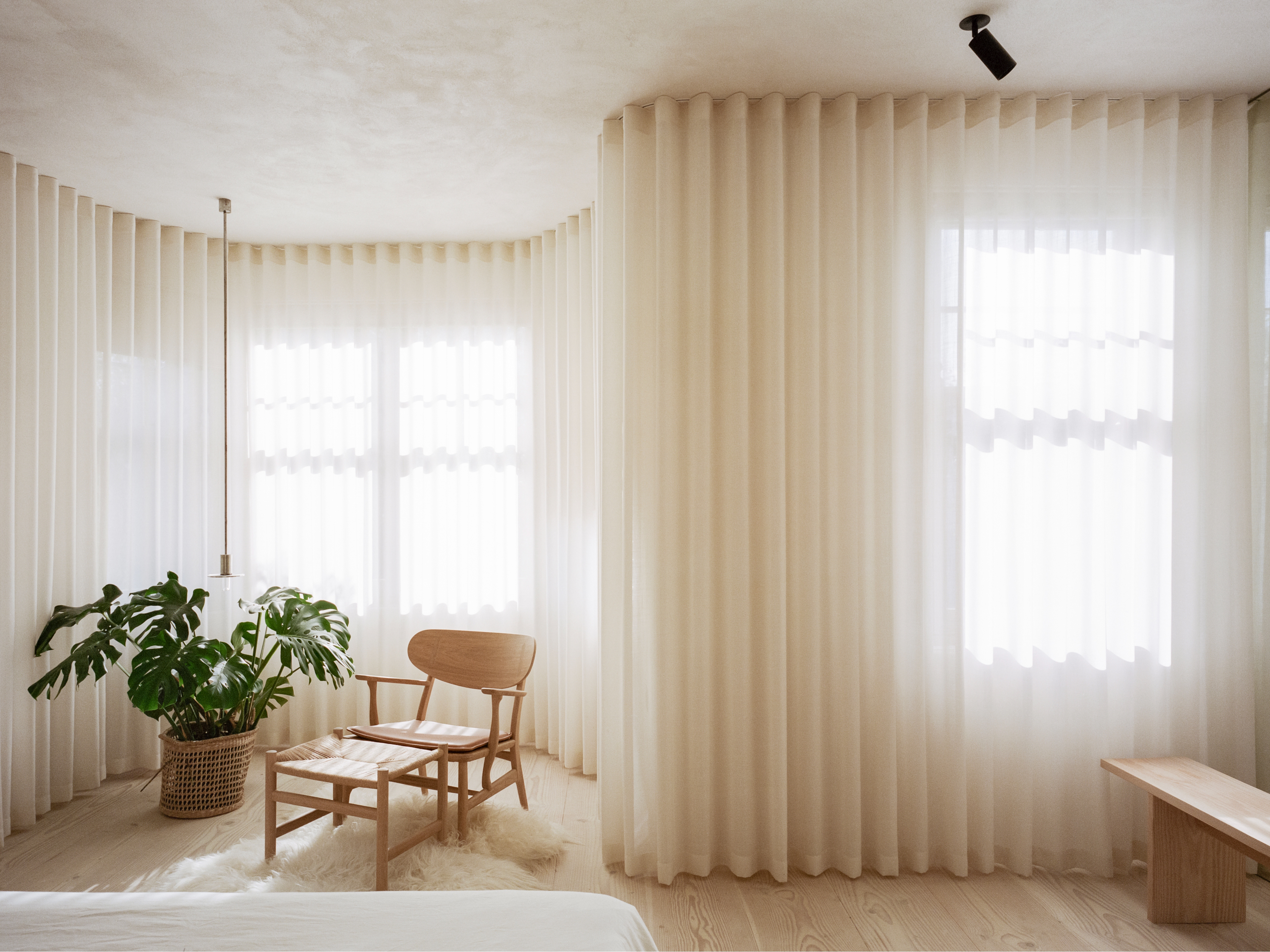
The Don’t Move, Improve! 2023 longlist has been announced, revealing 50 renovation projects, an excellent who’s who of the most creative architects working within London’s residential landscape right now. As pleasant roads of terraced housing reign in the residential boroughs of London – from Lambeth to Kensington and Chelsea, Camden to Hackney – you might not be able to tell from the street that there's a quiet revolution going on behind the uniform façades. Creative extensions and renovations are upgrading the largely Victorian housing stock with daylight-filled, open-plan living spaces, modern insulation and floor-to-ceiling glazing. They are all celebrated by these annual awards, run by the built-environment research organisation, New London Architecture.
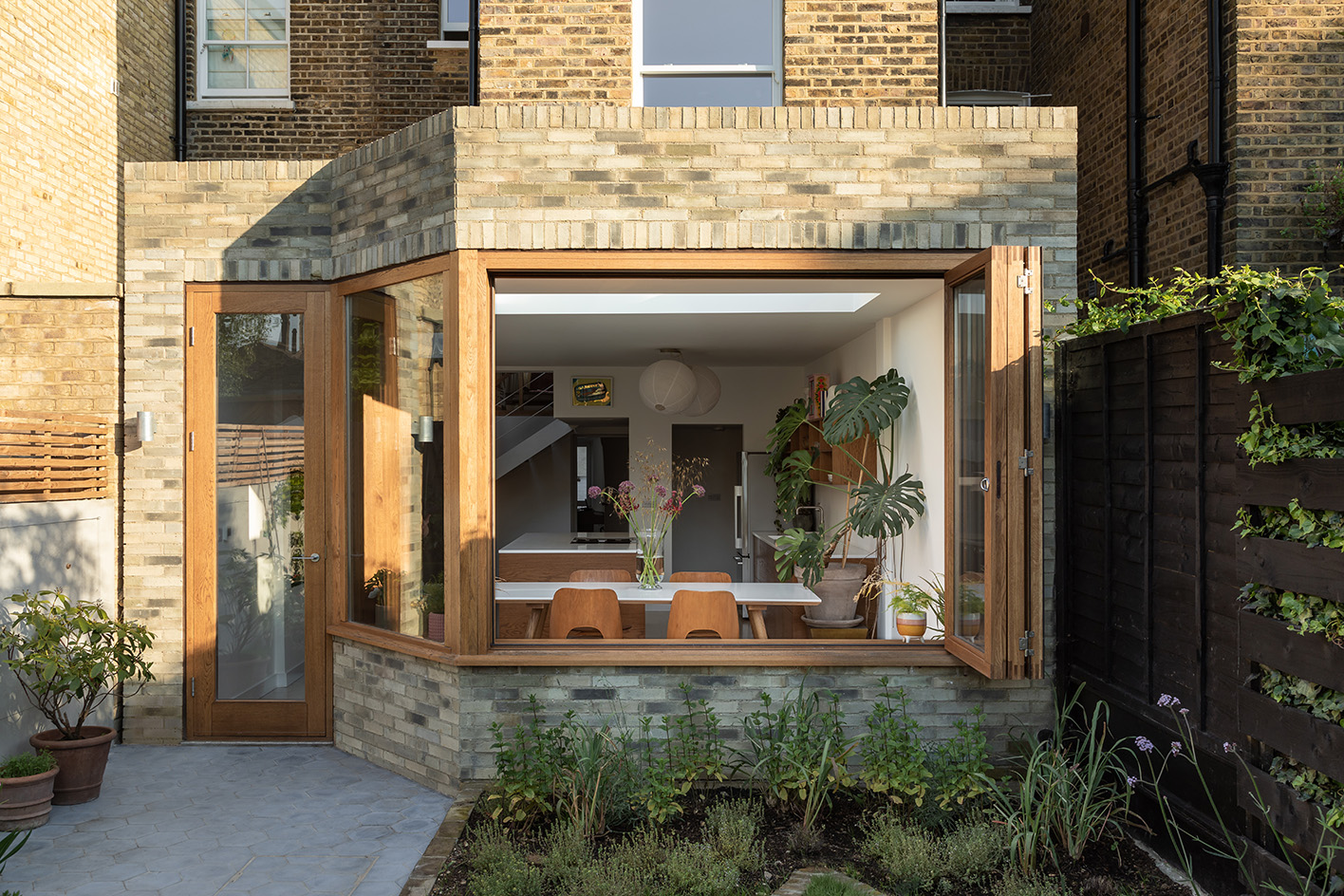
Blurton Road by Emil Eve Architects
The Don’t Move, Improve! 2023 longlist
As the 2023 awards highlight, with this year’s theme of ‘Green Ambitions’, renovations are important to improving the sustainable credentials of London’s homes. In the UK, energy use at home contributes to around 20 per cent of national carbon emissions. With 80 per cent of UK homes that will still be in use by 2050 having already been built, decarbonising this existing housing stock is key. That’s why each longlisted project has been selected by the jury for its innovative approach to sustainable living – from material use to low-energy solutions. Notably, there’s a focus on wellbeing too – with dramatic improvements to daylight, better access to nature and flashes of mood-enhancing colours. Plus, there are many savvy in-built interior solutions for compact living, from storage to seating.
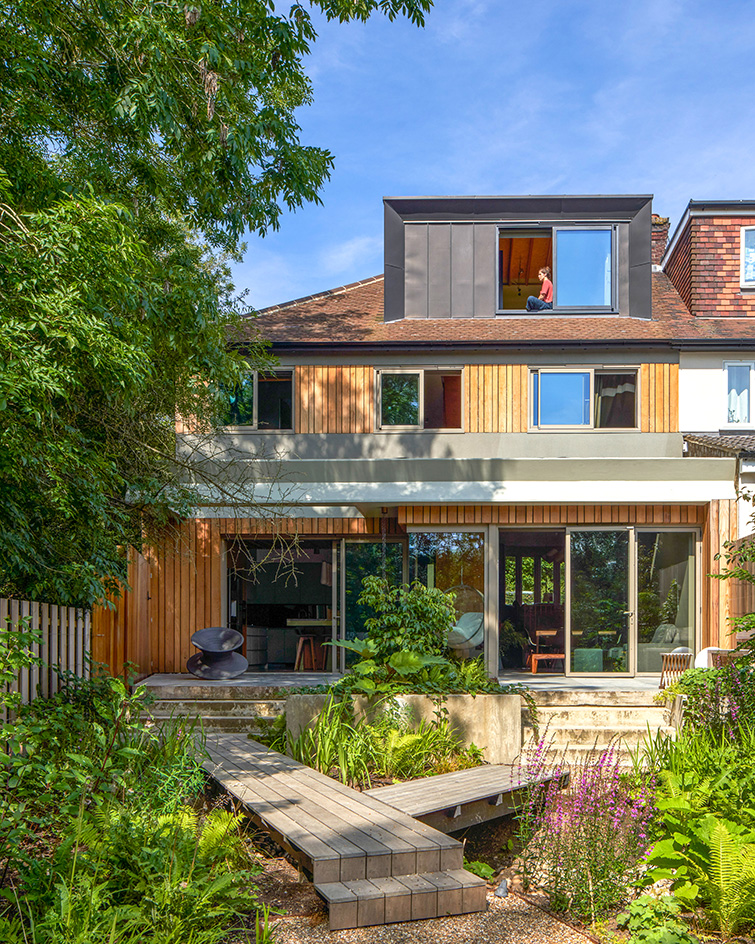
Tree View House by Neil Dusheiko Architects
A key challenge facing London’s architects today is improving the sustainability of homes in protected conservation areas, where the visual character of the neighbourhood, even from the rear, must be preserved, limiting the use of materials and even the replacement of single-glazed windows. These examples in the long-list navigate sensitively between preservation and contemporary living: note Atelier Baulier’s elegantly seamless extension in the East Canonbury Conservation area; David Leech Architects’ elegantly inset balcony in Belsize Park; and Andre Kong Studio’s radical telescopic loft extension that seems right at home amidst Lewisham’s Victorian rooftops.
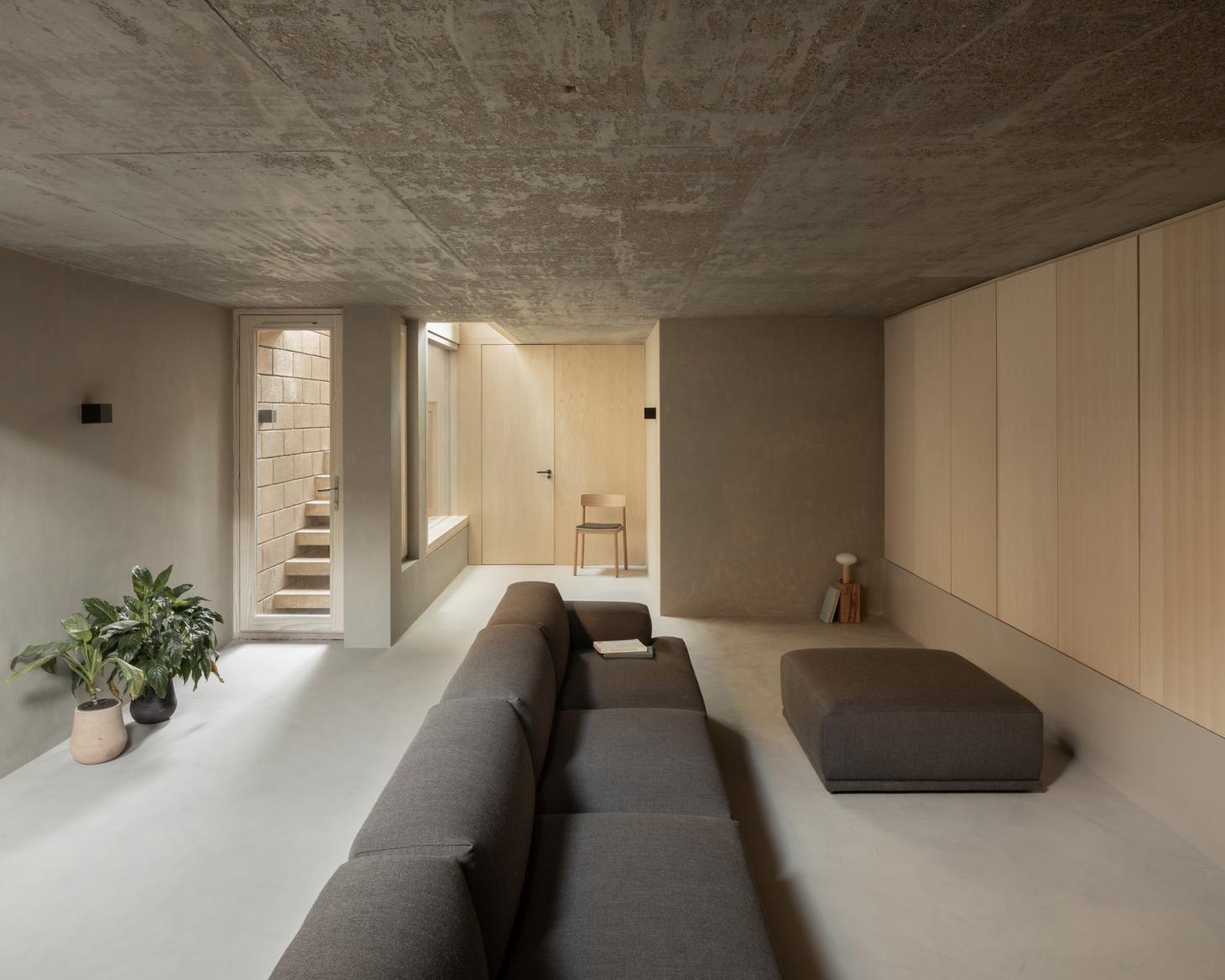
Spitalfields House by Common Ground Workshop (With Phase 1 Works by Studio Idealy)
It’s hard to miss the tendency towards minimalist architecture and exposed timber interiors, often synonymous with Scandinavian and Japanese home design, amongst the longlist; many projects reveal the tactile craftsmanship of joinery and the sculptural qualities of timber structure, whilst offering clever in-built solutions for their inhabitants. For example, see Beasley Dickson Architects’ Douglas fir-framed and clad garden room; Mulroy Architects’ generous bay window seat and storage system; Architecture for London’s exposed original timber structure; and ROAR Architects’ boat-like vaulted roof.
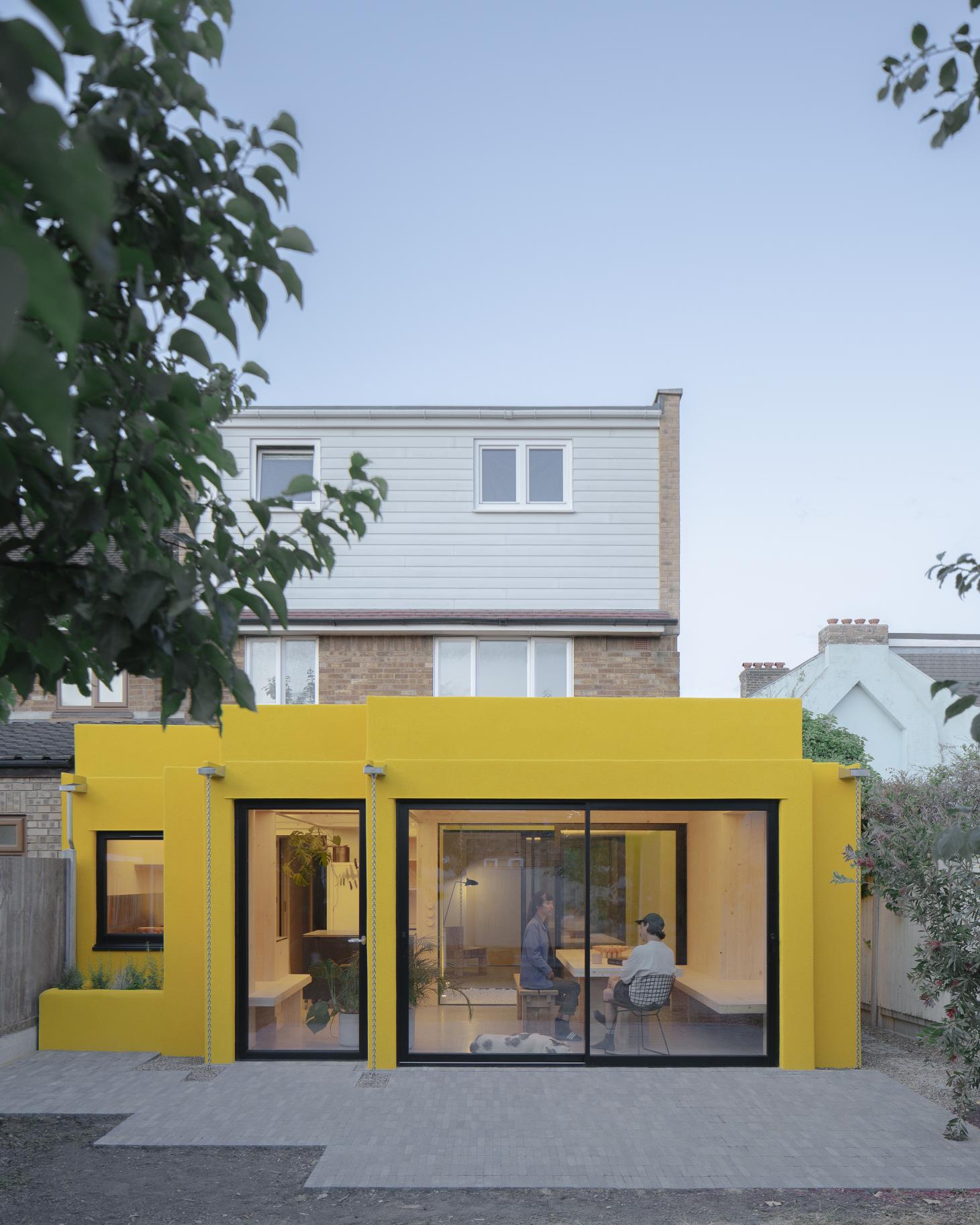
CLT House by Unknown Works
Consistent to each year’s Don’t Move, Improve! longlist is the interest in harnessing more daylight for the living spaces of sometimes dark terraced homes, improving wellbeing and better connecting inhabitants to their gardens. Floor-to-ceiling rear walls of glazing have been used dramatically and creatively in Matthew Giles Architects’ extensive glazing across four split floor levels, Pashenko Works’ minimal two-panel sliding glazing, and Patrick + Rosie’s use of void-filling structural glass supplied by Minima.
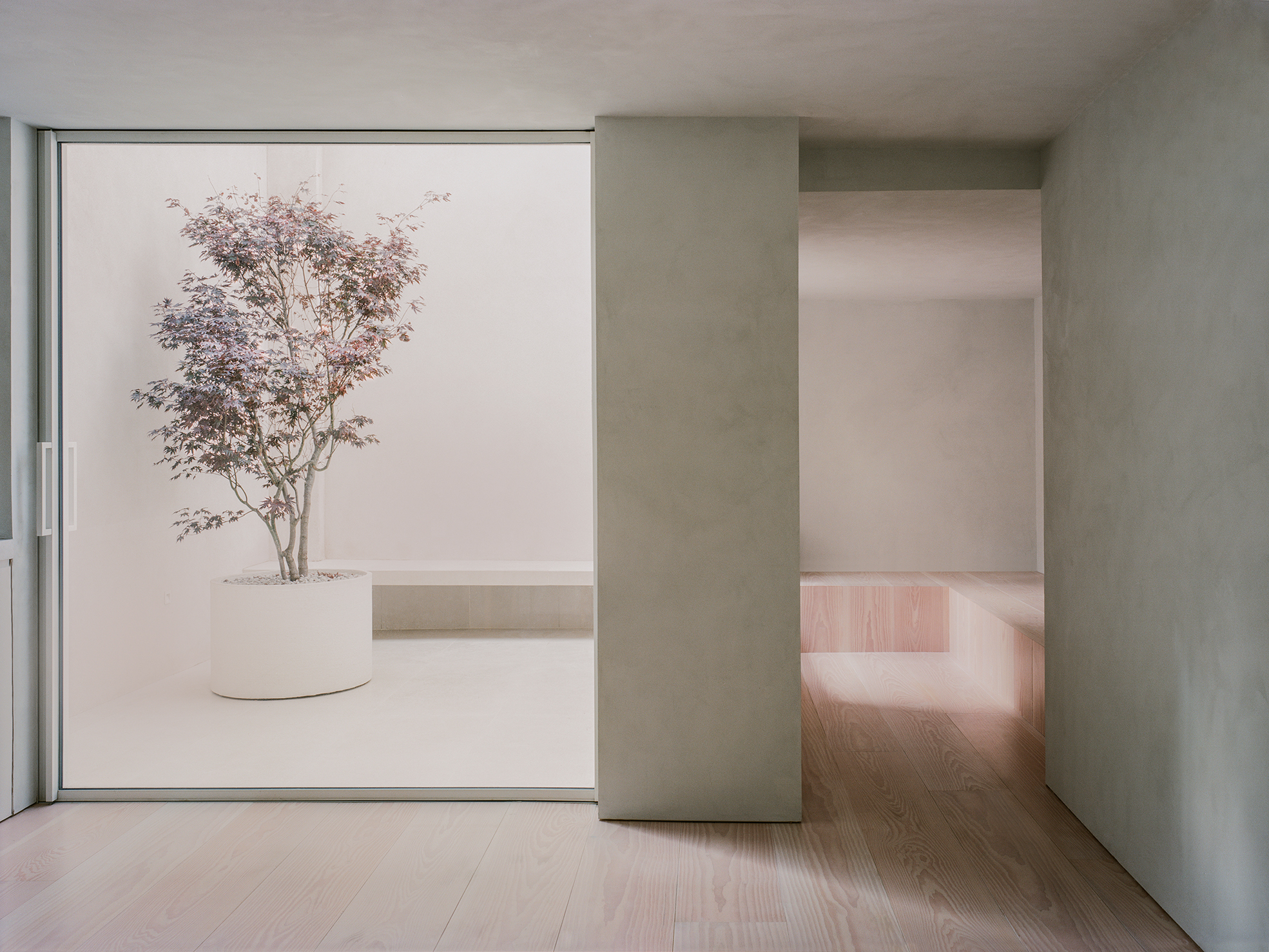
Elizabeth Mews by Trewhela Williams
We’re certainly in full support of sensitive and minimal extensions, yet it’s also refreshing to see that some architects and clients have experimented with a playful (yet highly strategic) use of colour; and it seems that this year, the perfect vessel for a controlled splash is the window frame. District Architects sets a bright green picture window and door against a neat timber cladding, while [Y/N] Studio’s green-framed conservatory offers a double-dose of biophilia. Never disappointing with its artful use of colour, Office S&M showcases bright yellow frames that puncture walls with geometry. As ever, we’re always curious to see behind the façades of London buildings, and this year’s Don’t Move, Improve! longlist is certainly full of surprises.
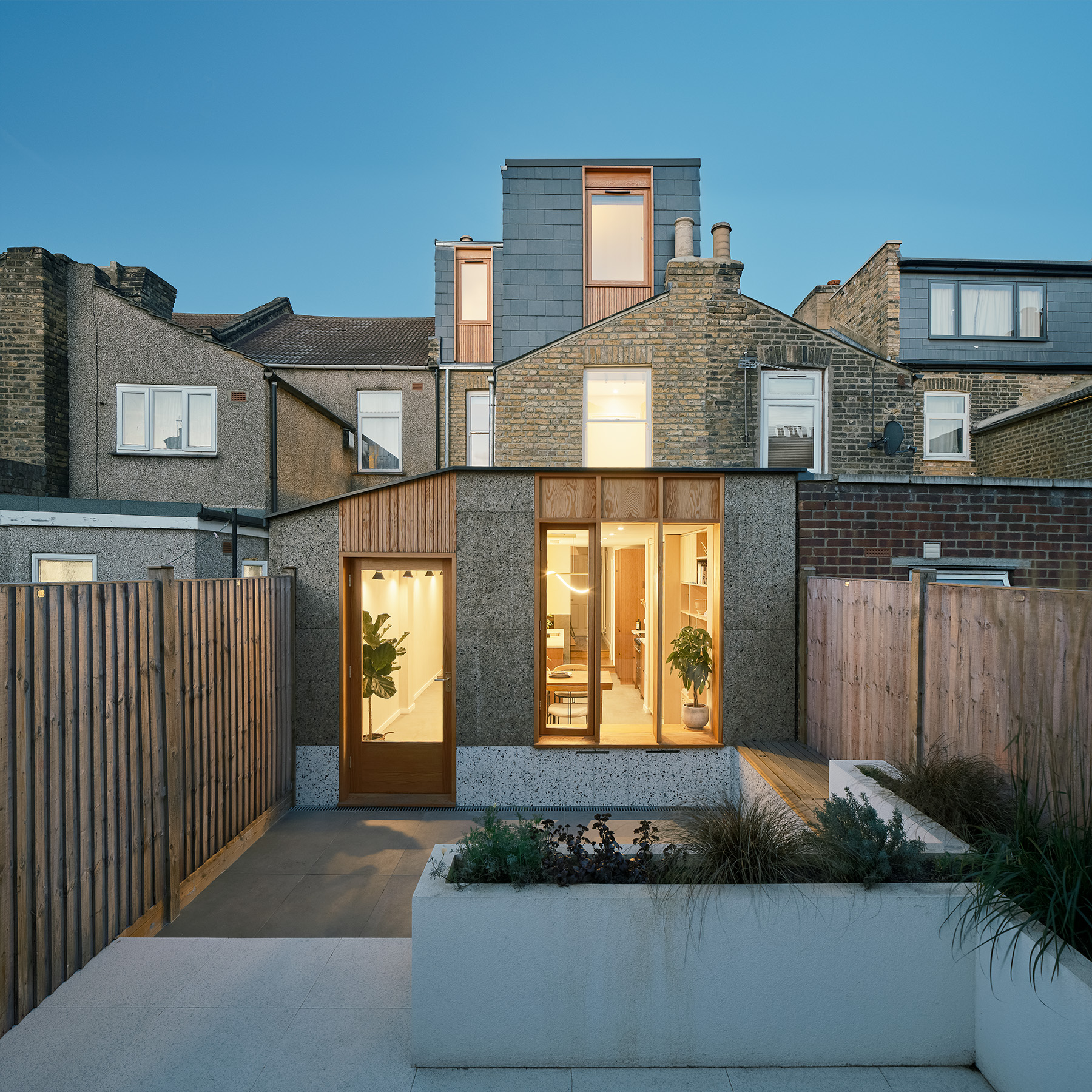
Breathable House by Mike Tuck Studio
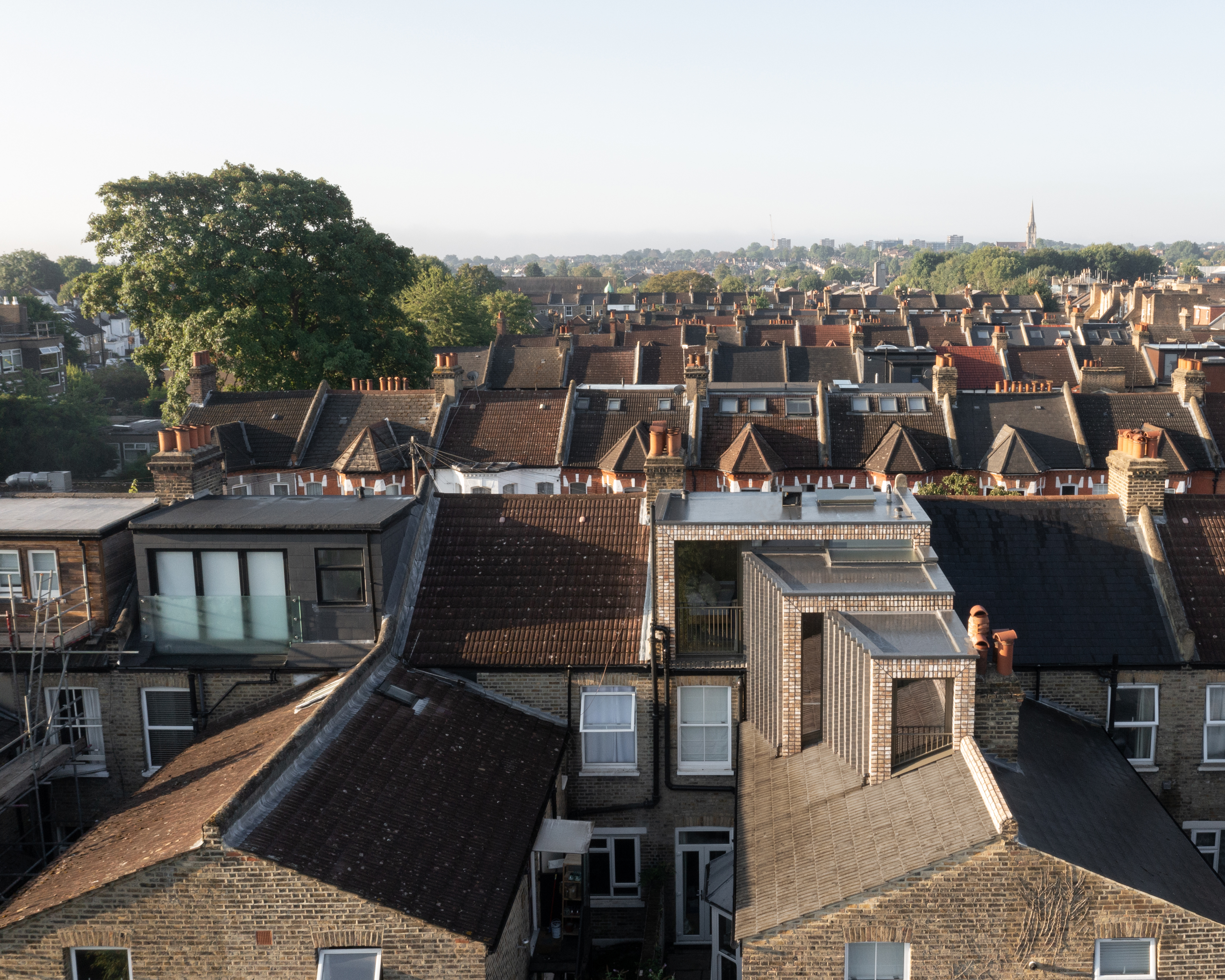
Stepped Loft by Andre Kong Studio
Receive our daily digest of inspiration, escapism and design stories from around the world direct to your inbox.
Harriet Thorpe is a writer, journalist and editor covering architecture, design and culture, with particular interest in sustainability, 20th-century architecture and community. After studying History of Art at the School of Oriental and African Studies (SOAS) and Journalism at City University in London, she developed her interest in architecture working at Wallpaper* magazine and today contributes to Wallpaper*, The World of Interiors and Icon magazine, amongst other titles. She is author of The Sustainable City (2022, Hoxton Mini Press), a book about sustainable architecture in London, and the Modern Cambridge Map (2023, Blue Crow Media), a map of 20th-century architecture in Cambridge, the city where she grew up.
-
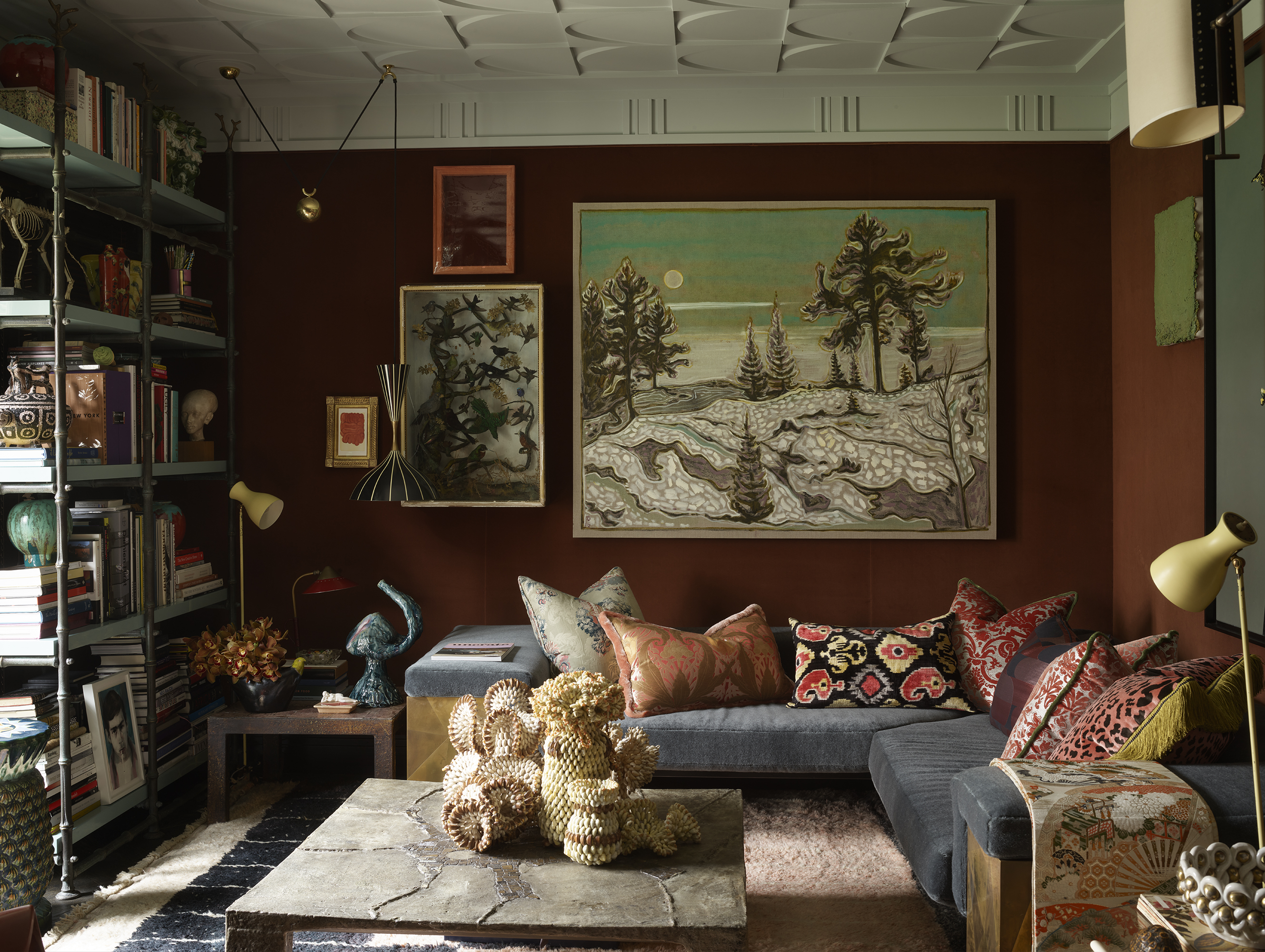 This designer’s Shoreditch apartment is ‘part grotto, part cabinet of curiosities’
This designer’s Shoreditch apartment is ‘part grotto, part cabinet of curiosities’The apartment serves as Hubert Zandberg’s ‘home away from home’, as well as a creative laboratory for his design practice. The result is a layered, eclectic interior infused with his personality
-
 Curvilinear futurism meets subtropical beaches at Not A Hotel’s ZHA-designed Okinawa retreat
Curvilinear futurism meets subtropical beaches at Not A Hotel’s ZHA-designed Okinawa retreatZaha Hadid Architects has revealed the design for the first property in Not A Hotel’s futuristic new Vertex collection, coming soon to southern Japan
-
 Gorden Wagener leaves the helm of Mercedes-Benz design after 28 years with the company
Gorden Wagener leaves the helm of Mercedes-Benz design after 28 years with the companyThe German designer is stepping down from the role of chief design officer at Mercedes-Benz. We look back at his influence and impact on the world of automotive and luxury design
-
 Arbour House is a north London home that lies low but punches high
Arbour House is a north London home that lies low but punches highArbour House by Andrei Saltykov is a low-lying Crouch End home with a striking roof structure that sets it apart
-
 A former agricultural building is transformed into a minimal rural home by Bindloss Dawes
A former agricultural building is transformed into a minimal rural home by Bindloss DawesZero-carbon design meets adaptive re-use in the Tractor Shed, a stripped-back house in a country village by Somerset architects Bindloss Dawes
-
 RIBA House of the Year 2025 is a ‘rare mixture of sensitivity and boldness’
RIBA House of the Year 2025 is a ‘rare mixture of sensitivity and boldness’Topping the list of seven shortlisted homes, Izat Arundell’s Hebridean self-build – named Caochan na Creige – is announced as the RIBA House of the Year 2025
-
 In addition to brutalist buildings, Alison Smithson designed some of the most creative Christmas cards we've seen
In addition to brutalist buildings, Alison Smithson designed some of the most creative Christmas cards we've seenThe architect’s collection of season’s greetings is on show at the Roca London Gallery, just in time for the holidays
-
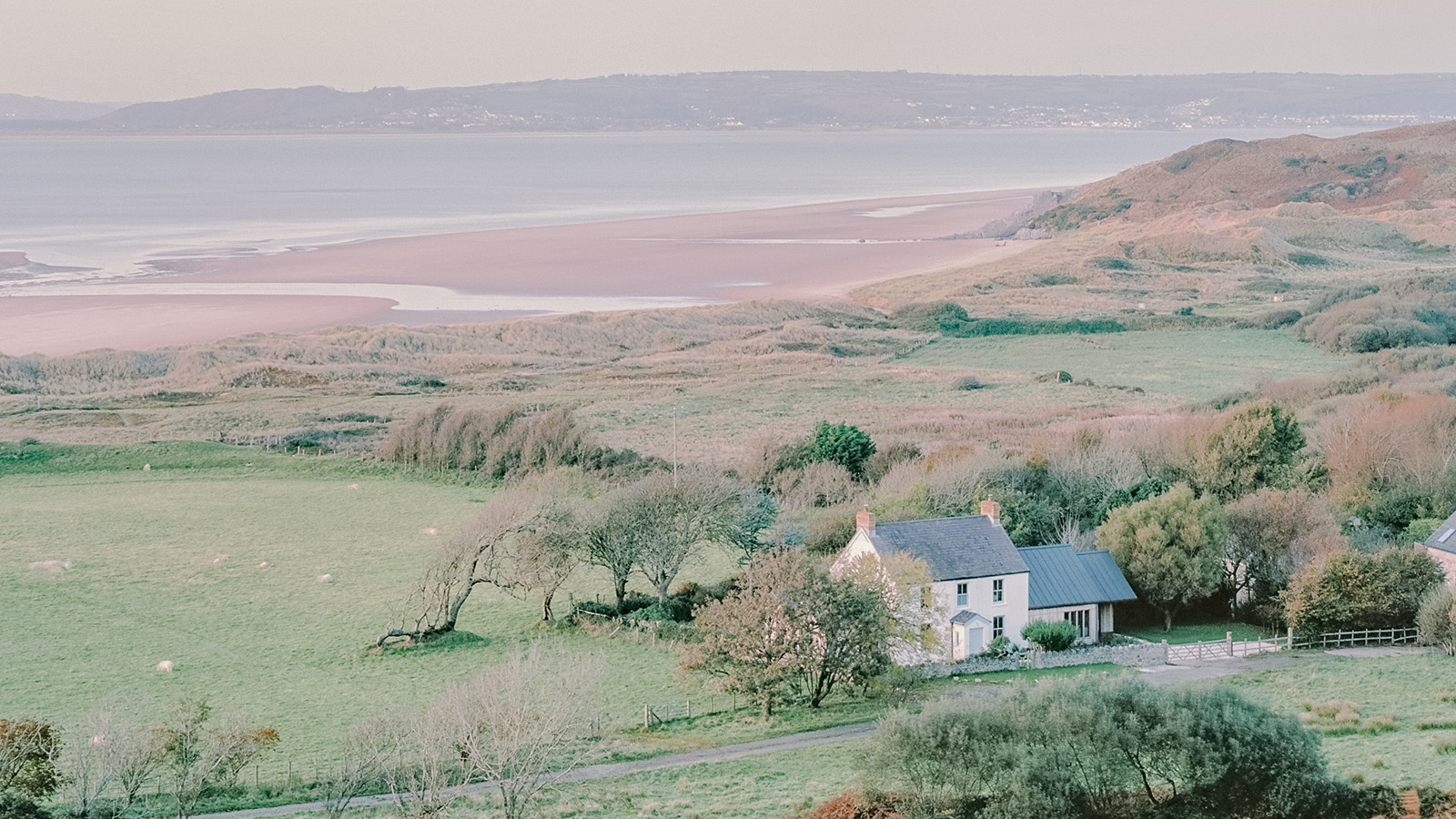 In South Wales, a remote coastal farmhouse flaunts its modern revamp, primed for hosting
In South Wales, a remote coastal farmhouse flaunts its modern revamp, primed for hostingA farmhouse perched on the Gower Peninsula, Delfyd Farm reveals its ground-floor refresh by architecture studio Rural Office, which created a cosy home with breathtaking views
-
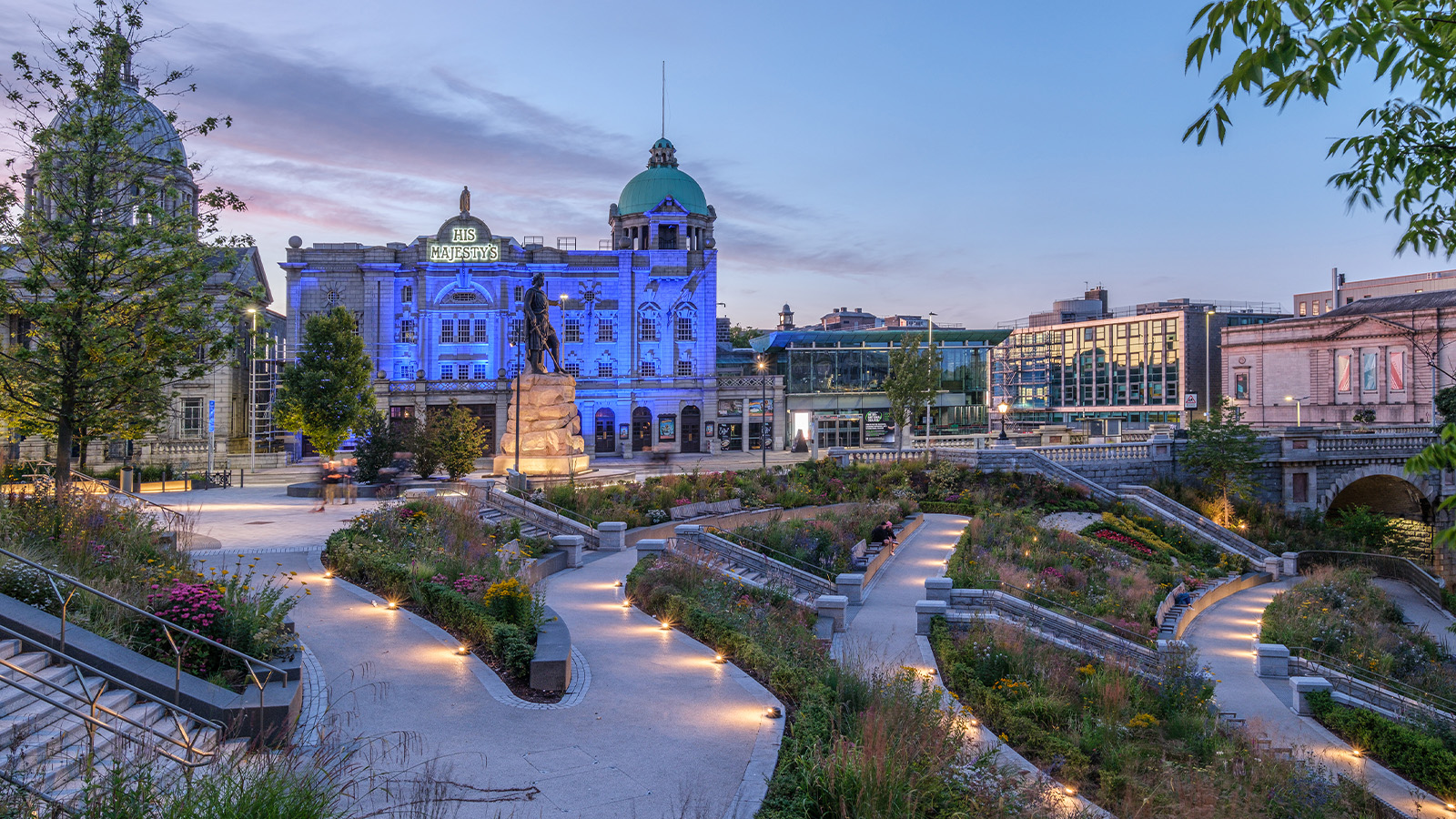 A revived public space in Aberdeen is named Scotland’s building of the year
A revived public space in Aberdeen is named Scotland’s building of the yearAberdeen's Union Terrace Gardens by Stallan-Brand Architecture + Design and LDA Design wins the 2025 Andrew Doolan Best Building in Scotland Award
-
 The Architecture Edit: Wallpaper’s houses of the month
The Architecture Edit: Wallpaper’s houses of the monthFrom wineries-turned-music studios to fire-resistant holiday homes, these are the properties that have most impressed the Wallpaper* editors this month
-
 A refreshed 1950s apartment in East London allows for moments of discovery
A refreshed 1950s apartment in East London allows for moments of discoveryWith this 1950s apartment redesign, London-based architects Studio Naama wanted to create a residence which reflects the fun and individual nature of the clients